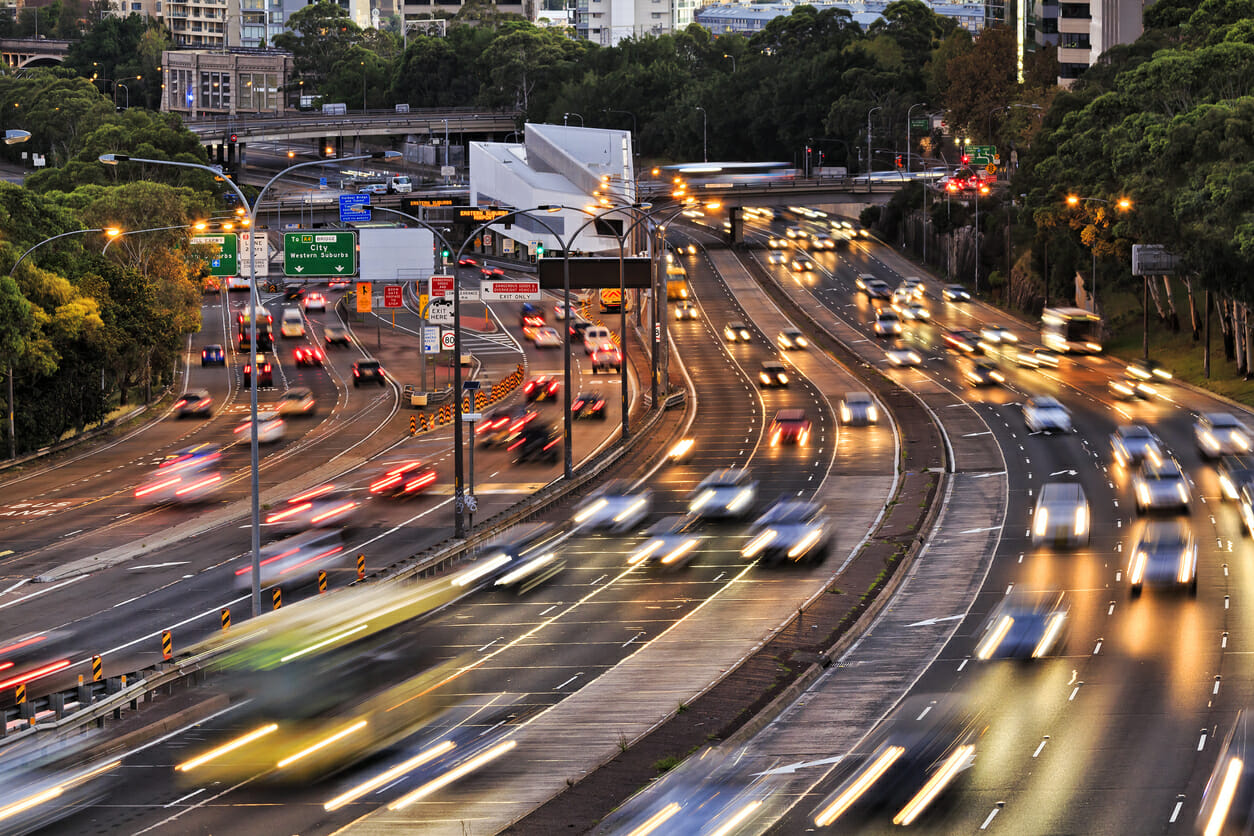Originally Published in Big Rigs – Friday July 21, 2023
What’s the United Nations got to do with making sure a flatbed of hay bales makes it to a customer’s depot on time? Not much, but occasionally the UN has something to say that should make us sit up and take notice.
Let’s consider a UN prediction that 68 percent of the world’s population will live in urban areas by 2050.
According to our own Bureau of Statistics, Australia is already at 71 percent – so we’re ahead of the game.
The world is changing, and the way we live is being driven by consumer demand for more convenient services that meet individual needs.
Still on urbanisation, and if you’ve driven through a city lately, you’ll know that traffic is back to pre-COVID levels on most days of the week and that our road infrastructure is struggling to cope.
The Bureau of Infrastructure, Transport and Regional Economics estimates congestion cost Australia $16.5 billion in 2015.
That’s predicted to reach between $27.7 and $37.3 billion by 2030.
Congestion is one reason that we have to talk about MaaS.
About what?
Mobility as a Service (MaaS) is the integration of various forms of transport services into a single mobility service, accessible on demand.
It involves using data and a single application to provide access to mobility with a single payment channel instead of multiple ticketing and payment operations.
As far as personal transport is concerned, MaaS is already here.
Apps like GoGet mean urban dwellers no longer need to own a car. A user orders short-term use of a car when it’s needed.
That includes small vans, where someone bypasses a removalist and does the job themself.
Fewer cars on the road in an urban environment equal less congestion and cleaner air.
Good news for road transport operators.
But will MaaS change the way they operate a business?
The jury is still out.
To operate properly, a MaaS system needs to adopt a supply chain that has “on-demand” rather than a “just in time” capacity.
A user needs to know cargo is despatched on time, every time. Good luck with that if the point of pick-up is a port.
Road access for large loads is at the mercy of the permit system.
Given the diverse nature of the freight task in Australia, the relatively long distances travelled, and the government’s focus on re-regulating the gig economy, it’s hard to see that a one-size-fits-all platform for ordering and paying for road transport would work.
Many operators will say that the balance is already heavily weighted in favour of the customer. Hopefully, unfair contract laws starting late this year, will redress that.
Broad adoption of MaaS would have indirect benefits for road freight, however, especially for anyone operating in last mile.
The widespread roll-out of networks of road sensors, appropriate collection of data and accelerated adoption of telematics would all be likely.
I understand that all of the above isn’t keeping most operators awake at night. They’re more likely to be preoccupied with analysing their cash flow, paying a driver’s fine or putting a lid on their ever-climbing costs.
The point is that change is usually hard, but we need to embrace emerging technology and use it to our advantage.
Technology is a big part of a jigsaw we need to be good at to make our industry safer, more efficient and more economically viable.



